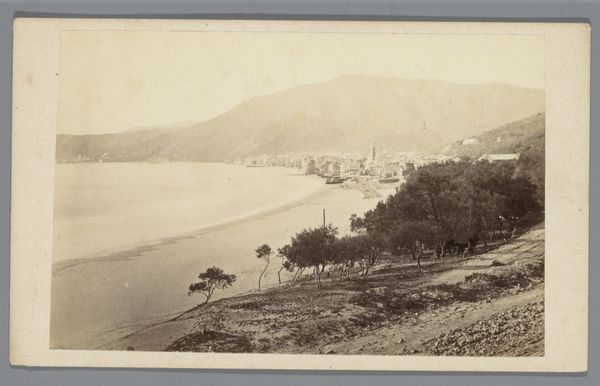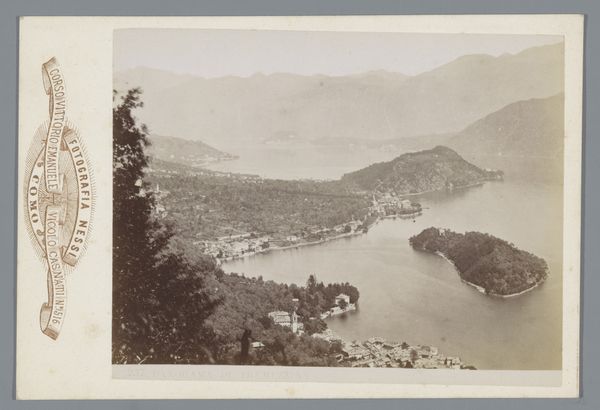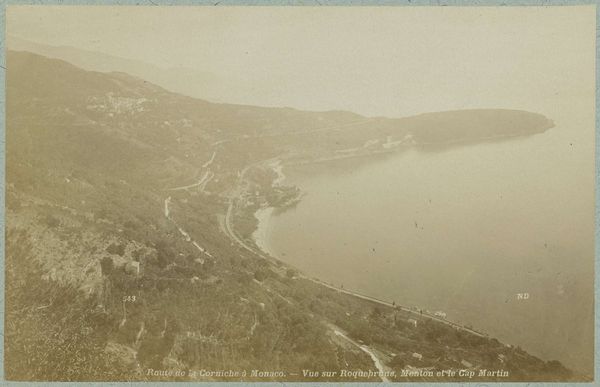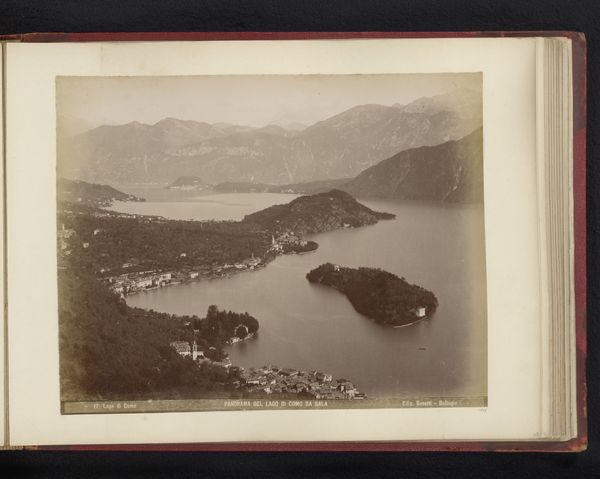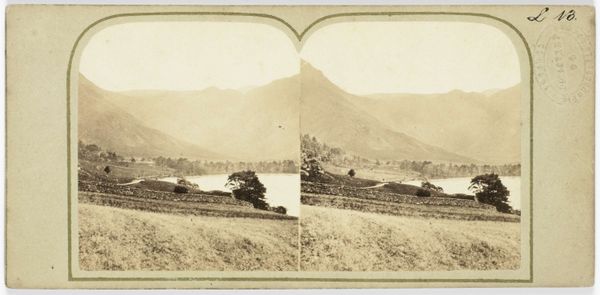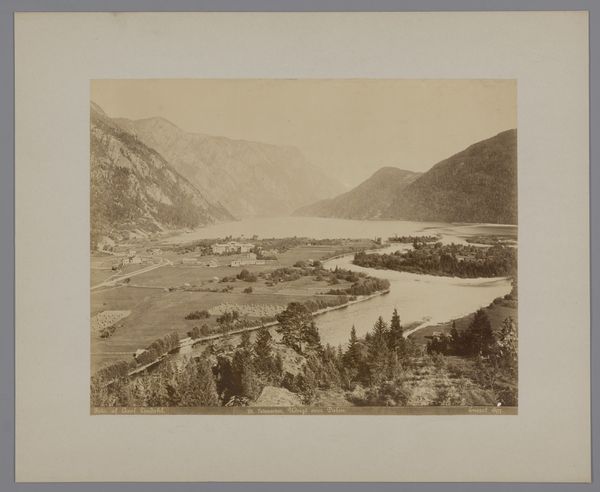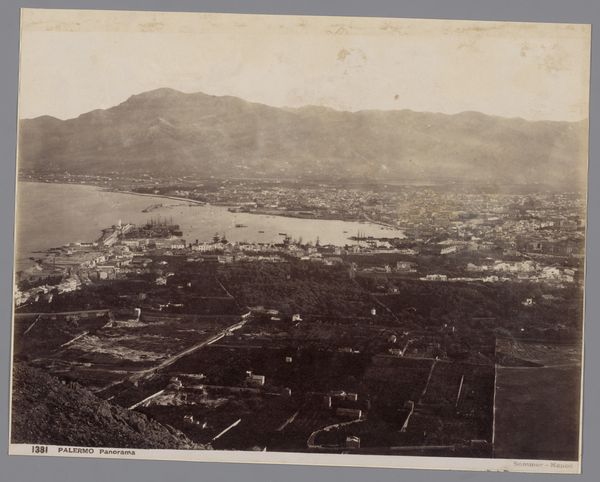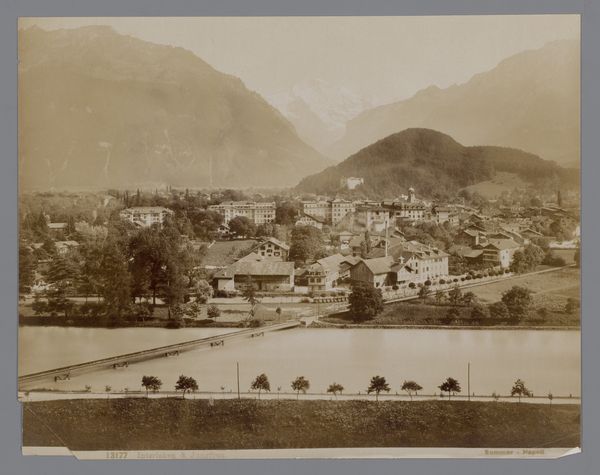
photography, gelatin-silver-print
#
landscape
#
photography
#
orientalism
#
gelatin-silver-print
#
realism
Dimensions: height 104 mm, width 161 mm
Copyright: Rijks Museum: Open Domain
Editor: Here we have Wilhelm Burger’s “View of the Racecourse in Hong Kong,” a gelatin silver print dating roughly from 1863 to 1900. It strikes me as a surprisingly serene image given its subject. How do you interpret this work, looking at it through a critical lens? Curator: What initially strikes me is the seemingly placid nature of the landscape framing what you rightly point out is a site of intense activity and competition. Consider this: the colonial gaze often aestheticized landscapes, simultaneously obscuring and reinforcing power structures. Do you think this image is perhaps implicated in that dynamic? Editor: Definitely. The framing and elevated viewpoint make the racecourse seem almost like a picturesque garden contained within the hills. So how does knowing that racecourses at that time were often exclusive spaces for the colonizers affect how we see it? Curator: Precisely! The act of photographing this space, designed for leisure and exclusivity, implicates the photographer and, by extension, the viewer in that colonial project. Who is invited to spectate, and who is excluded? The photographic act performs a claiming of territory, both literally and symbolically. Consider too, the labour and resources required to construct and maintain such a space. Where are the traces of that labour in this idyllic view? Editor: So the "serenity" I initially perceived is actually a constructed image that masks the realities of colonialism and labour exploitation. That’s something to think about. Thank you! Curator: It’s crucial we understand that images are never neutral. Hopefully, our brief conversation encourages listeners to think critically about what's visible and, crucially, what's hidden.
Comments
No comments
Be the first to comment and join the conversation on the ultimate creative platform.
